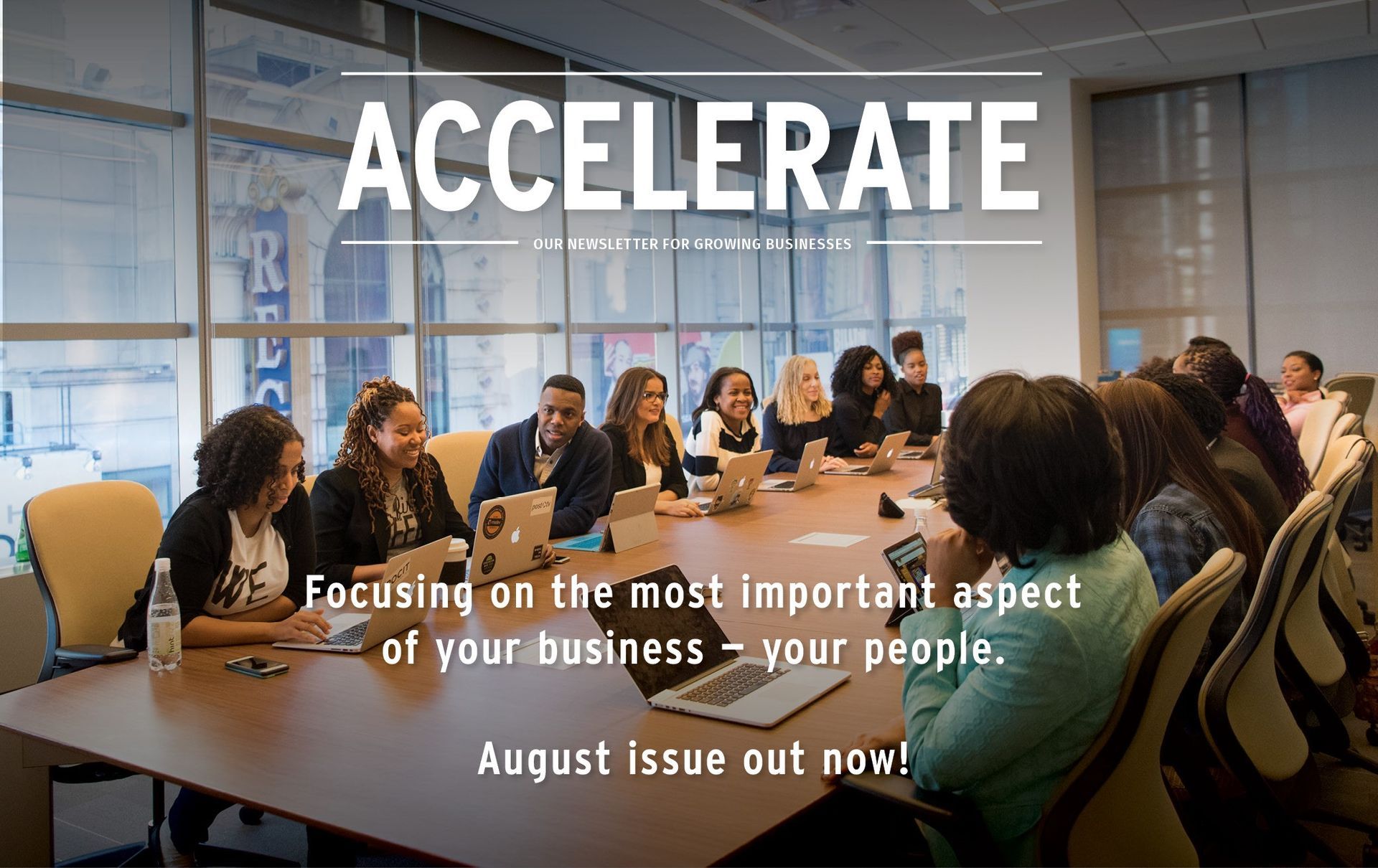Keep taking environmental sustainability seriously

“In our catchment, nitrogen leaching is a concern so we’re looking keenly into our own figures around the subject of milk urea. We want to learn how to be more efficient with nitrogen usage so we can lower urine nitrogen in cows and reduce leaching.”
Ashburton farmer Ralph Tompsett.
There’s no doubt greenhouse gas emissions and waterways will have had their own ‘staycation’ thanks to COVID-19, giving our planet some relief. But, with the Climate Change Response (Emissions Trading Reform or ETS) Amendment Bill still in progress, and with upcoming changes to freshwater legislation, now’s the time to strengthen your commitment to environmental sustainability.
#1 Get your Farm Environment Plan sorted
As part of general business planning and management, you need a Farm Environment Plan written and in action well before the deadline of 2025. This means you’ll need to gain a solid understanding of your emissions footprint, where those emissions are coming from, and what you can do to manage them. The Government is revisiting the impact agriculture is having on the environment in five years and if they’re not happy, farming could be at risk of receiving a broad-based tax under the ETS. For advice on writing a Farm Environment Plan, check out Fonterra’s Tiaki programme.
#2 Help protect our waterways
To improve the quality of New Zealand’s waterways, the government is proposing changes to the National Policy Statement. These could include new requirements to control farming activities, five-metre setbacks from streams and some drains, and resource consent for agricultural intensification.
What’s the agriculture sector doing? It’s already working towards good water quality outcomes with regional water regulation initiatives, farm environment plans, Good Farming Practices , catchment groups and Dairy Tomorrow work streams.
What can you do?
- Fence off waterways to protect freshwater from nutrients, effluent and sediment by excluding stock and creating a buffer between water and the land.
- Plant fenced riparian areas. This way, plants function like a sieve, helping filter out sediment and nutrients before they enter waterways.
- Plan and construct farm crossings properly to prevent damage to the stream bed and reduce the amount of sediment, nutrients and bacteria getting into waterways.
- Manage drains and improve pasture production, stock health and soil moisture.
- Protect on-farm wetlands to reduce nutrient losses and minimise flood damage.
“While production has gone up a fair bit on the farm, we are leaching less nitrogen into the Mangaatua River since we started fencing off sensitive areas, building up the native trees and setting up nutrient traps. We also want to see what impact annual fertiliser is having on the river, so we’re taking regular water samples to give us real data rather than relying on modelling.”
Woodville farmer Nick Bertram.








